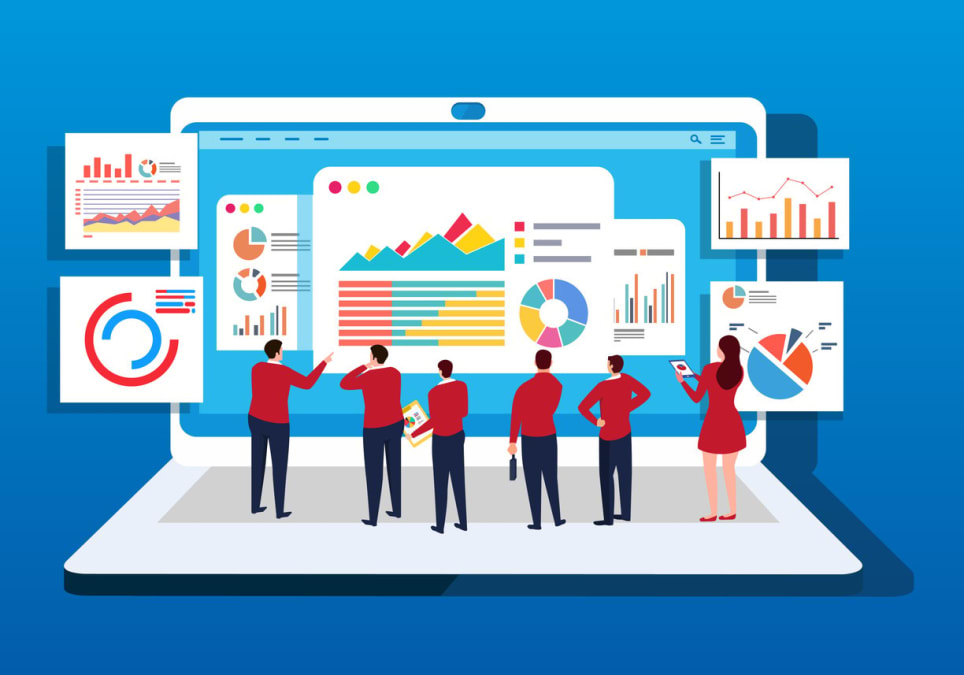Have you ever wondered how top organizations manage to consistently stay ahead of the competition in talent management? The secret lies in their ability to harness the power of people analytics. By leveraging data-driven insights, these organizations make well-informed decisions that result in better talent outcomes and overall business success. Intrigued? Read on to discover the remarkable world of people analytics and how it can transform your organization’s human resources practices.
Key takeaways
- People analytics is a transformative approach that utilizes data from various areas to optimize workforce performance and enhance talent & business outcomes.
- AI & machine learning algorithms enable organizations to analyze data, providing insights into employee engagement and productivity.
- People analytics tools can help collect, visualize, and report on HR data for better decision making leading to improved talent outcomes & overall success.
Understanding people analytics

In today’s fast-paced business landscape, organizations are continually seeking ways to optimize their workforce and drive better results. Enter people analytics, a game-changing approach that allows HR professionals to leverage talent data and make evidence-based decisions. People analytics, also known as workforce analytics, transcends traditional HR analytics by incorporating data from other areas such as finance and marketing, offering a more comprehensive view of the workforce. Rather than just relying on tools, technology, and complex data science, the practical application of people analytics is primarily about change management for HR professionals.
People analytics holds immense significance in HR as it offers data-driven insights that shape decision-making in numerous people processes. Transforming these decisions into actions allows organizations to optimize their performance. Moreover, people analytics, sometimes referred to as talent analytics, can transform data into actionable insights and link evidence to organizational strategy and business objectives.
Algorithms are utilized in HR for a variety of purposes, including:
- measuring productivity
- making key decisions in regard to hiring, compensation, promotion, and training opportunities
- identifying and closing pay gaps
- screening resumes
- predicting employee turnover
Data scientists and analysts are essential for carrying out advanced analytics work. Without them, the job simply cannot be done.
People analytics vs. HR analytics
While HR analytics focuses solely on HR data, people analytics takes a more comprehensive approach by incorporating data points from other sources like finance and marketing. This broader perspective is what sets people analytics apart from traditional HR analytics.
Talent mapping is one example of the innovative techniques used in people analytics. It involves constructing knowledge graphs to illustrate the links between individuals, capabilities, and projects. Even NASA employs talent mapping to discern the particular skills, knowledge, abilities, and technology required for specific job roles and then assigns these skills to employees, their projects, and training.
People analytics gives a comprehensive view of the workforce, facilitating data-driven decisions that lead to improved talent and business outcomes.
The evolution of people analytics
Over time, people analytics has evolved from human capital analytics, incorporating cross-functional data sources and advanced technologies such as artificial intelligence (AI) and machine learning. These advancements have facilitated more precise and prompt insights into employee performance and engagement, making people analytics an indispensable tool for HR professionals.
Key people analytics metrics that significantly influence data-driven HR decisions and contribute to enhanced business outcomes include:
- Employee turnover rate
- Time to hire
- Cost per hire
- Employee engagement and satisfaction
Key components of people analytics
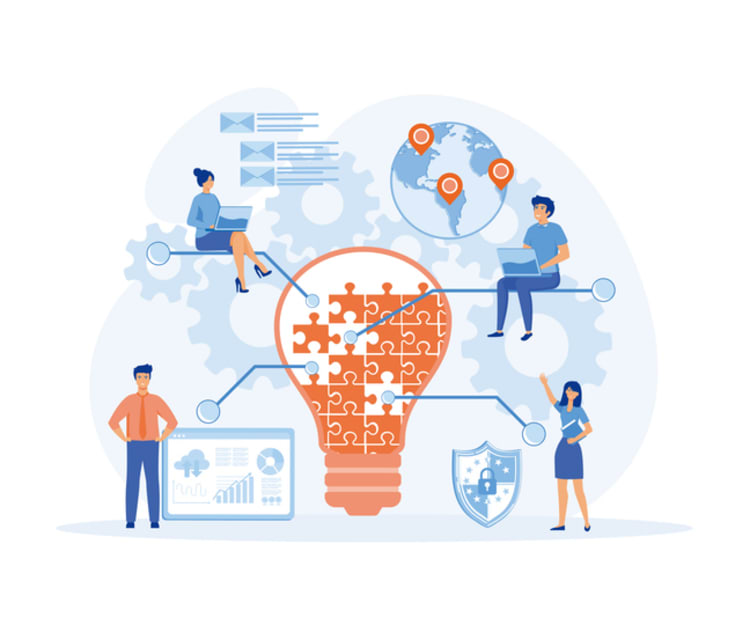
People analytics is a combination of three essential elements - data, analytics, and insights. Using these components helps to gain insights into employee behavior. To extract meaningful insights, organizations must first collect and transform HR data, and then analyze the data using AI and machine learning algorithms. A higher level of people analytics maturity is associated with enhanced business outcomes. People analytics tools enable HR to consolidate data from multiple sources, establish a single source of truth, and leverage all data points to gain deeper insights.
Utilizing data-driven insights empowers HR and business leaders to make informed decisions about various people processes, including hiring, compensation, promotion, and training opportunities. Furthermore, people analytics can help organizations identify and close pay gaps, screen resumes, and predict employee turnover.
Thus, people analytics proves to be an invaluable tool for organizations aiming to optimize their workforce and enhance crucial talent and business outcomes.
Collecting and transforming HR data
The process of collecting and transforming HR data involves gathering information from various sources and organizing it for analysis. Data sources for people analytics include HR and business data from core HR systems, talent, and employee experience systems, and pertinent business operations and finance data. People analytics software aggregates data from all of an organization’s digital HR and business systems into a single view and modifies it using data science.
The role of employee experience data in people analytics is extremely crucial. In fact, 70% of HR and business professionals affirm that business leaders have demonstrated heightened attention to employee experience since the commencement of the COVID-19 pandemic. Organizations can achieve a broader understanding of their workforce and make more informed decisions by integrating data from various sources.
Analyzing data with AI and machine learning
AI and machine learning algorithms play an instrumental role in processing and analyzing data, providing valuable insights to HR and business leaders. People analytics dashboards, for example, enable HR to track key metrics, detect trends, issues, and opportunities promptly, and mitigate potential threats before they become a major issue for the business.
In addition, these dashboards can promote accountability and may result in managers devoting more effort and attention to retaining employees. One example of an employee engagement metric is the employee Net Promoter Score (eNPS), which measures employee satisfaction and loyalty. Organizations can gain valuable insights into workforce morale and productivity, enabling them to proactively tackle potential issues and optimize their workforce by analyzing such data using AI and machine learning algorithms.
Benefits of implementing people analytics
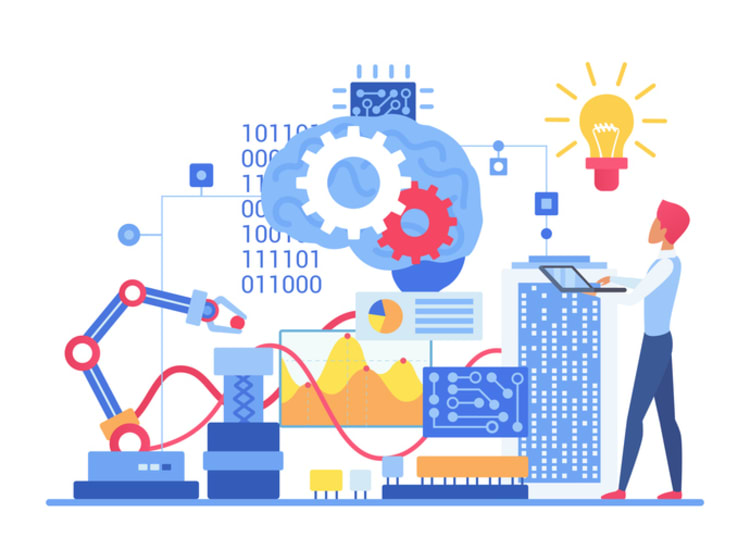
Implementing people analytics in an organization offers a myriad of benefits. By leveraging data-driven insights, companies can enhance talent acquisition, boost employee retention and engagement, and optimize workforce planning and performance. In addition, people analytics can promote employee performance by identifying issues such as collaboration, workload, diversity and inclusion, and workplace risk assessments. People analytics has been seen to have a dramatic effect on organization efficiency; Doubling employee output in certain cases. This consequently leads to better performance.
Other advantages of implementing people analytics include:
- Improved hiring and recruitment
- Elevated employee engagement
- Optimal workforce planning
- Heightened diversity and inclusion
- Improved performance management
- Effective talent management
- Cost savings
- Data-driven decision-making
Harnessing the power of people analytics enables organizations to make knowledgeable decisions, leading to improved talent outcomes and overall business success.
Enhancing talent acquisition
People analytics can significantly improve talent acquisition by:
- Identifying the most effective recruitment channels and strategies
- Optimizing talent acquisition endeavors
- Ensuring they attract and retain the best talent
- Tracking key recruitment metrics like cost per hire, quality of hire, and candidate experience.
As a result, companies can stay ahead of the competition and achieve better business outcomes.
Boosting employee retention and engagement
People analytics can help boost employee retention and engagement by analyzing employee engagement and satisfaction data. Organizations can boost workforce morale and productivity by proactively identifying and addressing potential issues.
Additionally, people analytics can help organizations in the following ways:
- Recognize individuals who are at risk of leaving the organization, allowing them to take targeted action to retain these valuable employees
- Reduce turnover
- Ensure that the organization is making the most of its existing talent pool
Optimizing workforce planning and performance
Workforce planning and performance can be optimized through data-driven insights provided by people analytics. Utilizing AI and machine learning, organizations such as IBM have achieved an accurate prediction of 95% in determining which employees are likely to leave their positions.
This enables them to address issues before they arise and focus on other areas, such as future hires for roles at risk of turnover. In this way, people analytics can significantly improve workforce planning and performance, ensuring the organization is well-equipped to meet its current and future business objectives.
Essential people analytics metrics

To make the most of people analytics, organizations need to focus on essential metrics that provide valuable insights into their workforce. These metrics include:
- Employee turnover rate
- Time to hire
- Cost per hire
- Employee engagement and satisfaction
By tracking and analyzing these key metrics, organizations can make data-driven decisions, leading to improved talent outcomes and overall business success. To improve critical talent, it is essential to focus on these metrics and make necessary adjustments.
Understanding and leveraging these essential metrics enables organizations to proactively address potential issues, optimize their workforce, and make informed decisions that drive better business outcomes. Let’s delve deeper into each of these essential people analytics metrics and their significance in driving success.
Employee turnover rate
The employee turnover rate is a crucial metric that measures employee departures and their associated financial implications. By analyzing this data, organizations can assess the effectiveness of their recruitment and retention strategies and make necessary adjustments to minimize turnover and its associated costs.
Moreover, combining the employee turnover rate with a performance metric can provide insights into whether the departing employees are low or high performers, allowing organizations to make targeted interventions to retain valuable talent and achieve better business outcomes.
Time to hire and cost per hire
Time-to-hire and cost-per-hire metrics play a vital role in evaluating the efficiency of the recruitment process and the candidate experience. Time to hire measures the amount of time elapsed between a candidate’s application for a role and their acceptance of a formal job offer. By tracking this metric, HR can gauge the efficacy of their recruitment process and the quality of the candidate experience.
An extended duration of time to hire can have a negative impact on the candidate experience and may result in the loss of potential top talent to competitors. On the other hand, the cost-per-hire metric indicates the expenditure incurred by an organization to hire a single employee.
By understanding these metrics, organizations can optimize their recruitment process and ensure they are attracting and retaining the best talent possible.
Employee engagement and satisfaction
Employee engagement and satisfaction metrics offer valuable insights into workforce morale and productivity, allowing organizations to proactively address potential issues and optimize their workforce. High levels of employee engagement and satisfaction are linked to increased productivity, better retention rates, and overall improved business outcomes.
By analyzing these metrics, organizations can identify areas of concern and implement targeted interventions to enhance employee engagement and satisfaction. In turn, this can lead to a more motivated and productive workforce, ultimately driving better business results.
People analytics tools and technologies
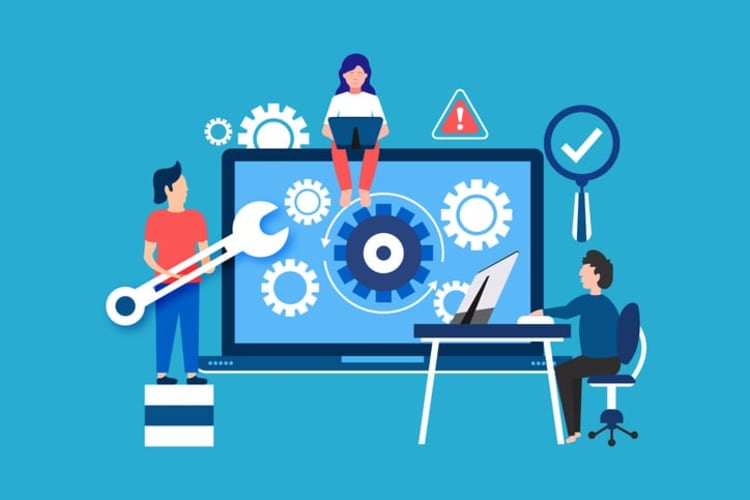
To effectively harness the power of people analytics, organizations need to utilize the right tools and technologies. These include data visualization tools, such as Tableau and Power BI, which help present people analytics insights in an easily understandable format, as well as dedicated people analytics platforms, like Visier and ChartHop, which offer specialized solutions for collecting, analyzing, and visualizing HR data.
Organizations can glean deeper insights into their workforce and make data-driven decisions that lead to improved talent outcomes and overall business success by utilizing these tools and technologies.
Let’s explore some of the most popular people analytics tools and technologies available to organizations today.
Data visualization tools
Data visualization tools, such as Tableau and Power BI, are crucial in presenting people analytics insights in a visually appealing and easily understandable format. These tools offer a range of features and functionalities to generate interactive and aesthetically pleasing visualizations for effective data analysis and communication.
By utilizing data visualization tools, organizations can better understand complex data sets, identify patterns and trends, and ultimately make more informed decisions based on the insights gained.
Dedicated people analytics platforms
Dedicated people analytics platforms, like Visier and ChartHop, offer specialized solutions for:
- Collecting HR data
- Analyzing HR data
- Visualizing HR data
- Reporting on HR data
These platforms enable organizations to gain meaningful insights about their workforce and make informed decisions about their workforce.
By leveraging dedicated people analytics platforms, organizations can ensure they are making the most of their HR data and driving better business outcomes.
How to leverage Kumospace for people analytics
Kumospace allows users to track engagement, attendance, and participant interaction within virtual spaces. Through its analytics dashboard, users can gain valuable data to enhance their virtual events and optimize participant experiences. Space Analytics allows Owners and Admins to learn more about the users who enter their Space. Track the duration of time spent, user presence, and availability of Members and Guests. Kumospace may not track all people analytics, however, they create and track a niche of people analytics that can prove valuable.
Implementing people analytics in your organization
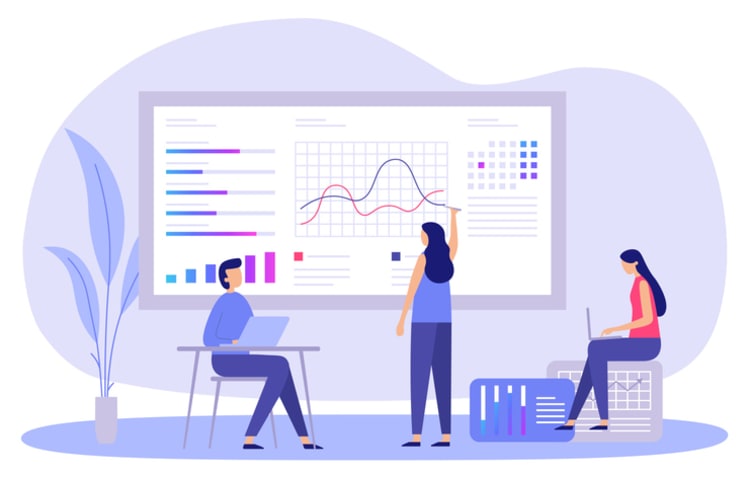
The implementation of people analytics in an organization is a multi-step process that involves assessing organizational readiness, building a people analytics team, and developing a people analytics strategy. Each of these steps is vital to ensuring the success of your people analytics initiatives and realizing the full potential of your workforce and talent management efforts.
Adopting a systematic approach to implementing people analytics allows organizations to optimize their workforce and pave the way for improved talent outcomes and overall business success. Let’s explore each of these steps in more detail.
Assessing organizational readiness
Before embarking on a people analytics journey, it is essential to assess your organization’s readiness to adopt and benefit from people analytics. This involves evaluating the dedication and effectiveness of organizational members to successfully implement the desired changes, as well as ensuring that the organization has the necessary data sources and infrastructure in place.
Assessing organizational readiness ensures that your organization is well-prepared to embrace people analytics and reap its manifold benefits.
Building a people analytics team
A successful people analytics initiative requires a strong team that possesses both data analytics capabilities and an HR perspective. Building a people analytics team involves identifying data champions within your organization and fostering business acumen among team members.
This team should be well-versed in both the technical aspects of data analysis and the strategic implications of HR data, ensuring that the insights generated by people analytics can be effectively translated into actionable strategies for the organization. Forming a skilled and dedicated team lays the foundation for a successful people analytics initiative.
Developing a people analytics strategy
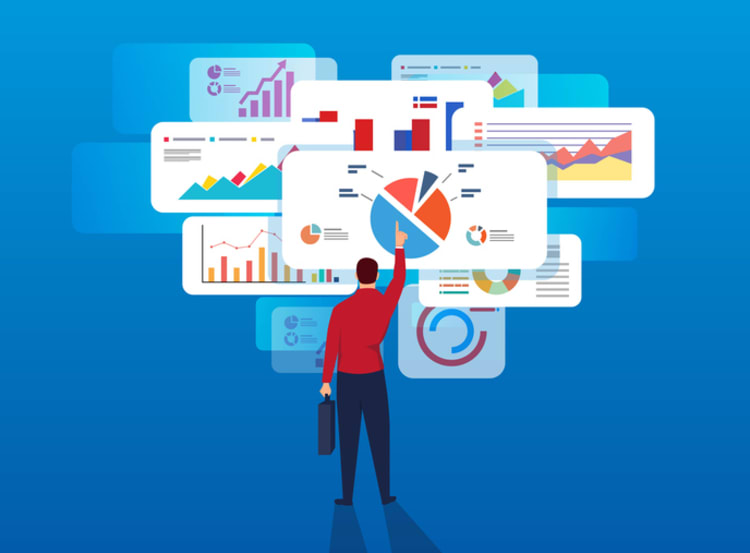
Having a well-defined people analytics strategy is crucial to the success of your people analytics initiatives. This strategy should:
- Outline the goals of your people analytics efforts
- Align with your organization’s overall business objectives
- Detail the tools and technologies that will be utilized.
Developing a clear and actionable people analytics strategy positions your organization well to harness the power of people analytics and drive improved talent outcomes and overall business success.
Overcoming challenges in people analytics
As with any data-driven initiative, people analytics presents its own set of challenges that organizations must overcome to fully realize its benefits. These challenges include ensuring data privacy and compliance, as well as addressing skills gaps and upskilling employees. Organizations can ensure the success of their people analytics initiatives and drive better talent outcomes and business results by proactively addressing these challenges.
Let’s take a closer look at each of these challenges and explore strategies for overcoming them.
Ensuring data privacy and compliance
Data privacy and compliance are of paramount importance when it comes to people analytics, as it guarantees the security of the data collected and its ethical utilization. Organizations must comply with applicable legal regulations and ethical guidelines when processing sensitive employee data, such as the General Data Protection Regulation (GDPR) and the California Consumer Privacy Act (CCPA).
Additionally, organizations must ensure that their data privacy practices are aligned with ethical principles such as transparency, fairness, and accountability. Organizations can protect sensitive employee data and maintain workforce trust by prioritizing data privacy and compliance.
Bridging skills gaps and upskilling employees
One of the key challenges in people analytics is bridging skills gaps and upskilling employees to meet the demands of the rapidly evolving business landscape. To address this challenge, organizations can leverage people analytics to assess employees’ existing skills and recognize the competencies that will be necessary to meet future business needs.
Offering targeted training and development opportunities enables organizations to equip their workforce with the necessary skills to excel in their roles and drive improved business outcomes.
Summary
In summary, people analytics represents a powerful tool that enables organizations to harness data-driven insights and make well-informed decisions concerning their workforce. By understanding and leveraging essential people analytics metrics, such as employee turnover rate, time to hire, cost per hire, and employee engagement and satisfaction, organizations can optimize their talent management efforts and drive better business outcomes.
As the business landscape continues to evolve, adopting and implementing people analytics will become increasingly critical for organizations seeking to stay ahead of the competition and achieve sustained success. By embracing people analytics and overcoming its inherent challenges, organizations can unlock the full potential of their workforce and propel their business to new heights.
Frequently Asked Questions
People analytics is the practice of collecting and analyzing employee data to generate insights that can help improve workforce processes, decision-making, and employee experience.
It is also referred to as HR analytics or workforce analytics.
People analytics involves four stages: descriptive, diagnostic, predictive, and prescriptive, which can be used to measure company culture, employee engagement, turnover rate, and absenteeism.
These stages can be used to gain insights into the performance of an organization and its employees. For example, descriptive analytics can be used to identify patterns in employee behavior, while predictive analytics can be used to forecast future trends. Diagnostic analytics can be used to identify problems.
People analytics is an in-demand field that provides an opportunity to make a difference within an organization. With the growing demand for HR Analytics experts and courses available to acquire the necessary skills, it is certainly a great career choice.
People analytics utilizes data visualization tools and specialized platforms to gain insights from employee data.
Yes! Not only can you use people analytics tools for remote work, the premier virtual office platform - Kumospace - offers a wide variety of people analytics built into the platform.
